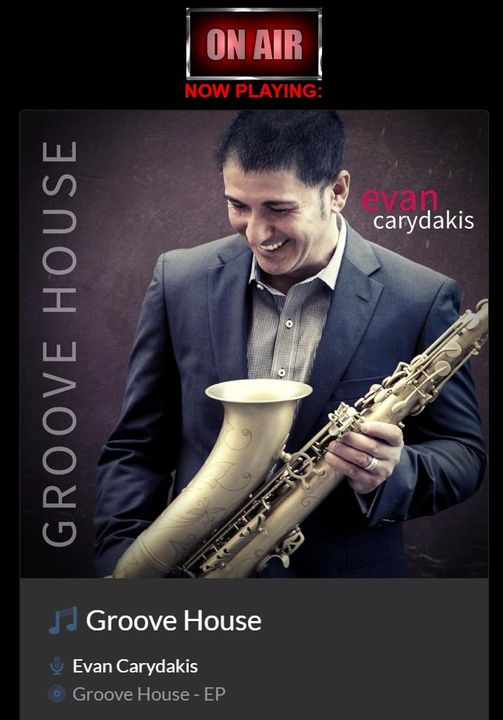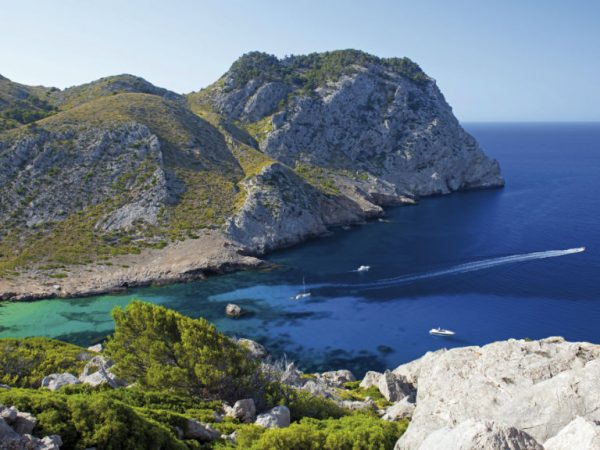Majorca Guitar Tracks – Recording Techniques
Crafting Flamenco Guitar Magic in Music Production
Join me on a journey behind the scenes of a captivating music production where I was tasked with recording lead and rhythm flamenco guitar tracks. From the initial proposal to the meticulous recording process and interaction with other instruments, this narrative explores the intricacies of crafting Flamenco magic in music production. Discover the choice of equipment, recording techniques, and the creative process that brings these exquisite guitar tracks to life. So, let’s delve into the world of Flamenco Guitar and uncover the artistry behind the scenes.

Initial Stage: The Proposal
I would like to share with you all the how and what of this music production I have been asked to record lead and rhythm flamenco guitar tracks on.
The producer presented to me an initial mix-down of the pre-produced song with the melody and rhythm already recorded with virtual instruments. I listened to the track and shared my first impressions with the producer.
Please take a listen.
Unveiling the Music Production Process
Yes, I loved the song. So, I asked for a lead sheet with the basic melody and chords. I also inquired with the music producer about the possibility of creating variations to allow for dynamic peaks in the overall song. I proposed changes in the structure to potentially enhance my interpretation. Furthermore, I asked about the target audience to better understand the type of rhythm parts and groove required.
I was then sent the individual tracks, and I recorded a 30-second sample showcasing how I envisioned the melody, including my choice of compression, microphone, and preamp. Additionally, I provided three rhythm guitar tracks: two in stereo and one in mono.
Here is a brief recording of my production proposal featuring my flamenco guitar tracks

The Rhythm Guitar
In the music production process, I introduced a new rhythmic flamenco guitar track that wasn’t part of the original demo. This track had its melody and unique character, adding vibrancy to the mix. I have a passion for infusing melody into every accompaniment I create, enhancing its liveliness and ensuring clarity in the musical backdrop.
When working on my flamenco guitar tracks, I approach it like an arranger. I meticulously choose voicings, craft background lines, and weave in bass lines, all while maintaining a distinct melodic thread.
Additionally, I recorded two guitars playing a rumba-based 2-3 clave groove with basic, tension-free chords in stereo. This technique enhances the drum groove and, despite the precision it requires, I’m deeply fond of the final sound produced by two flamenco guitars strumming similar patterns in stereo.
Melodic Master
With the green light from the music producer, I returned to my studio to record the entire song. To bring the melody to life, I committed it to memory and played it repeatedly, allowing it to evolve organically and remain vibrant throughout the track. Achieving a standout melody on the Spanish guitar requires a projection-focused performance. This involves playing in a lyrical and gentle manner, ensuring extreme dynamics throughout.
I have a penchant for defining chords in the most melodic way possible. In the B section of the song, I opted for melodic arpeggios that incorporated upper 9ths and 13th tensions, departing from the original producer’s intentions. As a result, all recorded rhythmic parts maintain their distinctiveness, avoiding interference with each other, while the melody consistently shines with clarity throughout the song.
In my view, subtlety isn’t necessary in accompaniment as long as the guitarist fulfills their primary role of rhythm and harmony definition.
Recording Techniques, Interactions, and Equipment Insights
The original pre-produced version featured beautiful piano tracks and trumpet solos in different sections. To enhance the piano section, I decided to double the melodic line of its accompaniment. For the trumpet solo, I opted for a melodic and harmonic interaction to reinforce its presence in the overall composition.
Which Microphone, Preamps, and Guitars Did You Choose?
For this music production, I utilized Apogee Ensemble preamps and Schoeps microphones to capture all the Flamenco Guitar sounds. I opted for my Eduardo Duran Flamenco Guitar for the rhythmic sections, while I played my Hermanos Conde Guitar for the melodic parts.
During the guitar recording process, I deliberately avoided compression and flat equalization. My aim was always to preserve the live sound and feel, which means you might hear me breathing and making adjustments as I move across the guitar.
What Compressor Settings Do You Suggest?
In the overall mix, I always recommend using slow compressor attacks for Flamenco Guitars. This allows the natural attack of the guitar to shine through. The compression ratio can then be adjusted to blend seamlessly with other tracks.
As a recording technique when recording or mixing Flamenco Guitar, using a compressor with a faster attack time can lead to a loss of 90 percent of the performance’s expressiveness.
Consider the Spanish Guitar an instrument with limited sustain, more akin to a chicken’s call than a human voice, which can hold notes for extended durations.
Do You Record Rhythmic and Lead Flamenco Guitar Similarly?
I record all Flamenco Guitar tracks, whether rhythmic or melodic, in the same way. There is no differentiation, and I rely on a single microphone to capture the instrument’s full balance and the room’s acoustic character.
Using multiple microphones can introduce phase cancellation issues if not carefully managed. To prevent this, it’s crucial to maintain a 1 to 3 ratio between microphones. For instance, if one microphone is positioned 10 cm from the guitar, the other should be placed 30 cm away from the first microphone to avoid phase cancellation and unwanted sound artifacts.
Final Adjustments
I delivered four Flamenco Guitar tracks to the producer, recorded at 48 kHz sampling frequency with a 24-bit resolution. The producer accepted my recordings but requested minor modifications to the lead guitar sections to better align with the intended final sound. Specifically, I re-recorded segments of the solo to achieve a more lyrical quality and adjusted some minor thirds. In Flamenco, we tend to play the minor third slightly sharp, which clashed with the tempered tuning of the piano. Thus, I re-recorded sections to rectify this.
I eagerly anticipate hearing the final mixdown featuring my Flamenco Guitar tracks in the release of this Smooth Jazz Flamenco Guitar production titled “Majorca.”
Four Key Takeaways From This Article
Here are four key takeaways from the text:
- Collaboration and Adaptation: Effective collaboration in music production involves adapting to the existing composition and considering the audience’s preferences.
- Rhythmic and Melodic Integration: The guitarist’s meticulous approach to integrating melody into accompaniment adds vibrancy to the music.
- Instrument and Recording Techniques: Careful selection of microphones and guitars, along with minimal compression and equalization, preserves the live sound and feel of the performance.
- Detail and Interaction: Attention to detail in interacting with other instruments, such as doubling the piano’s melodic line and harmonically engaging with the trumpet, enhances the overall composition.
These points emphasize the importance of collaboration, technical skill, and musicality in music production.
